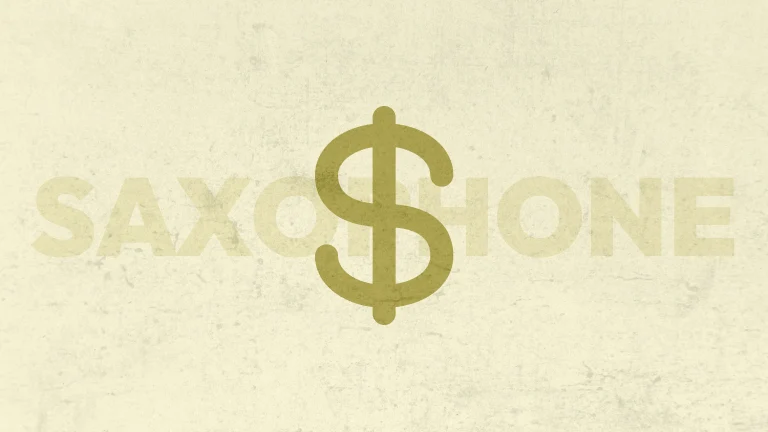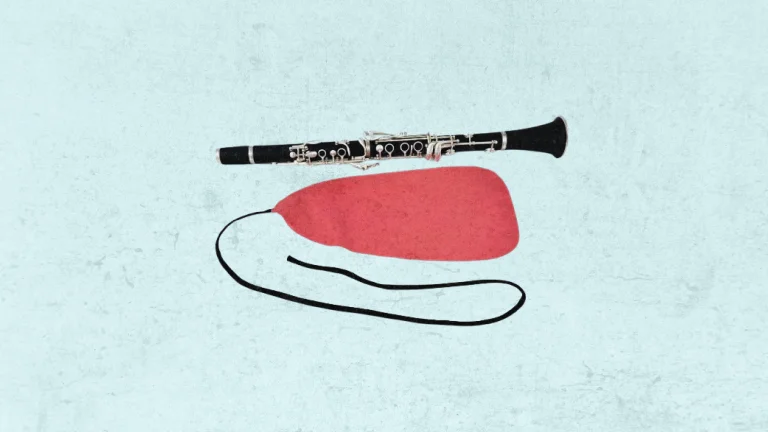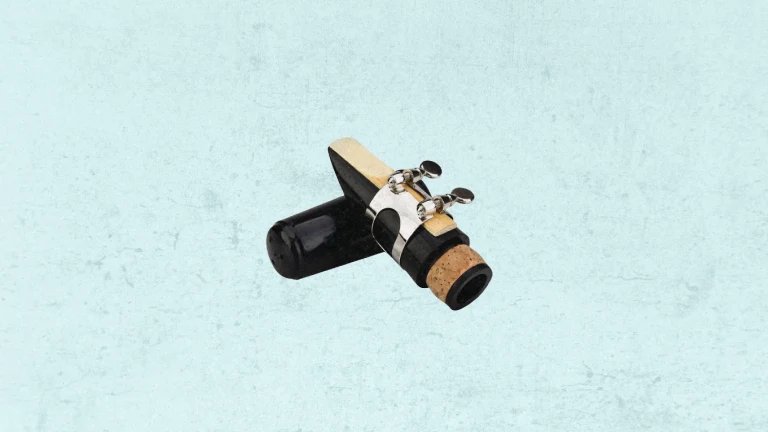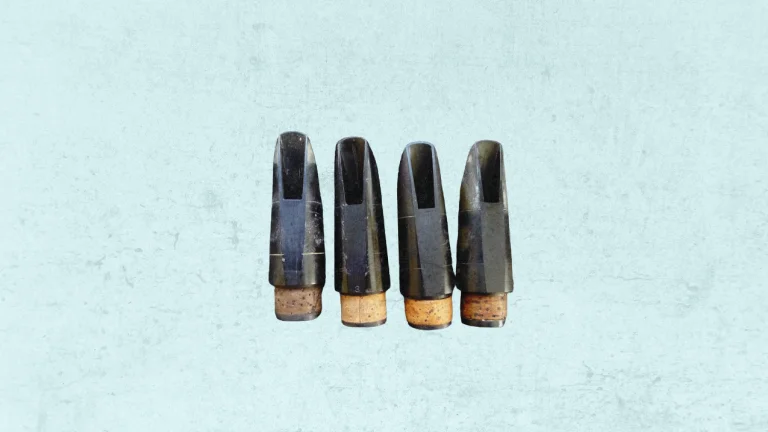Blowing into a saxophone is one of the most important things. It has the main impact on how your sax sounds.
The important thing is that when you learn the correct way from the beginning it will help you to master it easily.
So, if you want to learn how to blow into the saxophone, then this article is perfect for you.
Learn To Blow Into A Saxophone

If you are a beginner or even an intermediate player, here is a simple guide on blowing a saxophone. It’s an important part of sax playing.
Mouth Shape
First of all, you need to learn about the mouth shape which is called “embouchure”. But what does the “embouchure” mean?
Embouchure is a technique when lips, teeth, tongue, and throat work together to create sound on the saxophone.
Many sax players use different embouchure techniques. For example, John Coltrane used a double embouchure – when both lips are curled over the teeth.
Pro players use custom techniques and that’s great. But for learning purposes, I will explain the general technique. I will use only the mouthpiece and the crook to avoid any distractions.
The shape of your mouth is important for other techniques such as saxophone growling.
Mouthpiece And Reed
Before you start mastering embouchure, have a recommendation for beginners.
I recommend using number 1.5 or number 2 reed which will enable you to get the sound easily. Also, it will be easier to put a reed on a sax mouthpiece.
My suggestion is to start by getting a mouthpiece patch for the top of your mouthpiece. It prevents the mouthpiece from vibrating against your teeth. So, you will avoid damaging sharp teeth.
Forming Saxophone Embouchure
Mastering a proper saxophone embouchure is easy. When you first try it you might have some difficulties but soon you will learn it.
Here are three easy steps to follow when creating an embouchure for saxophones:
- Put your teeth lightly on the top of the mouthpiece about an inch back from the tip of the mouthpiece.
- Form a soft baggy cushion with your bottom lip sticking out a little bit. Make sure you don’t cover your bottom lip with your teeth because It will give you a thin pinched sound.
- To produce a better sound, avoid biting down on the top and bottom. Instead, focus on supporting the sound from the sides of your mouth. It’s like making a seal by wrapping an elastic band around the mouthpiece.
So, after these steps, take a big breath, relax, and blow into your sax.
Blowing Into A Saxophone
When you exhale, it can be helpful to picture yourself blowing out a birthday candle. But be careful not to puff out your cheeks. It’s crucial to avoid having cheeks that resemble those of a hamster or a squirrel.
And you can use a trick to make your sound better. Try to have your throat as open as you can like you’re yawning. It’s called having an open throat.
Ensuring your airway is open is crucial for producing a great saxophone sound. You’ll probably see when you blow that the whole throat opens up to the side to let all the air come out.
So, the goal is to have a relaxed embouchure to produce good sound. If your embouchure is tight, the pitch will be higher.
Conclusion
As you can see, to achieve the desired sound quality, it’s important to master the skill of blowing into a saxophone. Beginners and intermediate players must understand the importance of embouchure. Use the correct techniques, and keep a relaxed embouchure and your saxophone performance can be greatly improved.





